I was challenged to sum up all the conversations that I had preparing this project. Here’s where I landed:
You have to fight just as hard to seek perspective as you do to win a championship. Society either shapes or distorts what you value. It starts when you’re young.
When you score, what happens? People applaud. When you win, people praise. When you lose, people express disappointment.
What’s happening? A value system is taking form. You’re learning what society values.
If you come from a house where your parent(s) are emotionally attached to your performance, they’re mirroring what society values—you’re taking cues from them on what’s important. In that case, it aligns with society, and you chase that…because that’s all you know.
If you come from a house where your parents are trying to shape you against what society values, you feel in constant conflict—because every time you walk out of the front door, you see something different. In that case, you want to believe them, but you’re confused, because everywhere you look, you’re confronted with what society values.
If man’s approval is important to you, you become a product of what he values. You sacrifice what’s really important to be successful. When you do that, you’re labeled as committed, driven,
or someone who possesses the right mindset.
You start to derive your confidence from that reinforcement. You learn what it takes to be great. Then, you take that information into your profession. You work and you work because that’s what the system rewards. That’s how you get recognized and set yourself apart.
The profession turns you into a 24-hour coach. Eventually, you get your shot. And you remember what got you there—WORK.
You direct your drive at what the system rewards: Winning. You become consumed. The important people in your life become number two—a long way back from number one.
And what happens? You win. Applause. People praise. And you feel the love. You have to keep up the good work.
You work harder and harder to outdo your last performance. Each time you do, that praise turns into expectation. Eventually you set the bar so high, you don’t know if you can reach it. And then you don’t.
People express disappointment. You become confused. It’s like they’ve forgotten how much you’ve done. You start to work harder and harder to appease them. It starts to seem like whatever you do, it’s never enough. Eventually you realize, this is how you’re spending your life on Earth.
A major internal conflict starts to develop. You start to ask yourself, “Is it worth it?” You realize that you’re asking that question more and more.
Eventually, you get to a place where you look yourself in the mirror, and you answer, “No.” And that’s when it shifts. You start to search. How did I get so far off track? What did I value? Why didn’t I make time for what was really important? What did the people I surrounded myself with reinforce?
That breakdown leads to a breakthrough. You realize that your choices put you in that situation.
And you feel blessed to have that awareness. Because you realize…you can do it differently, if you so choose.
– Brett Ledbetter
Want to Learn More?
This book reveals insights from coaches at the top of their sport and tools to help you determine your priorities. You can also watch the video series that this book inspired.
Watch Videos


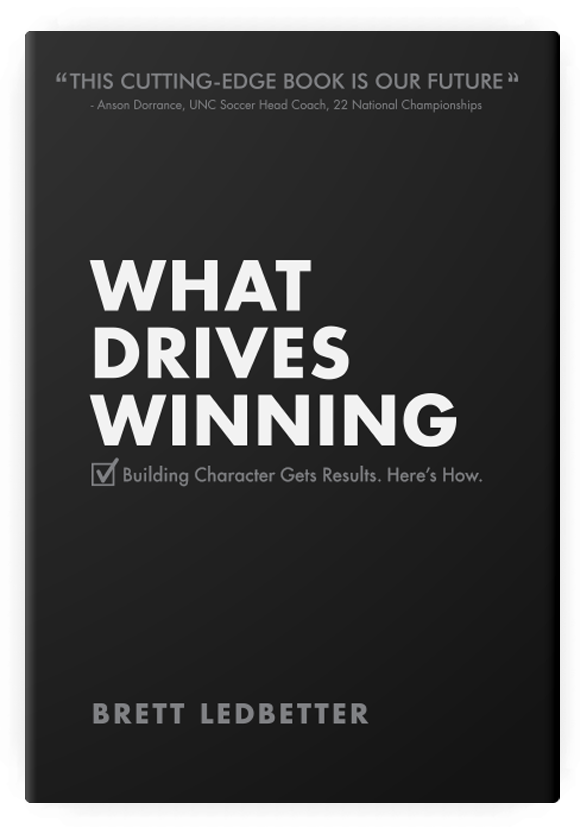

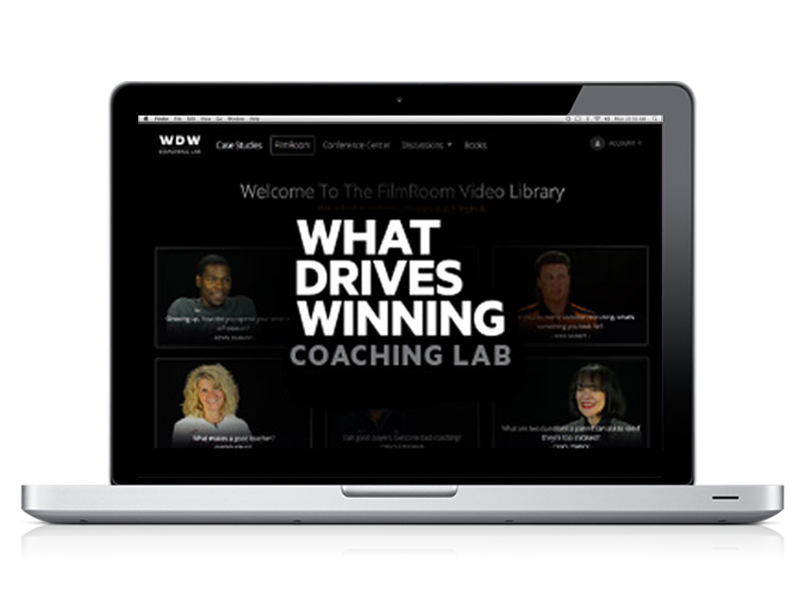

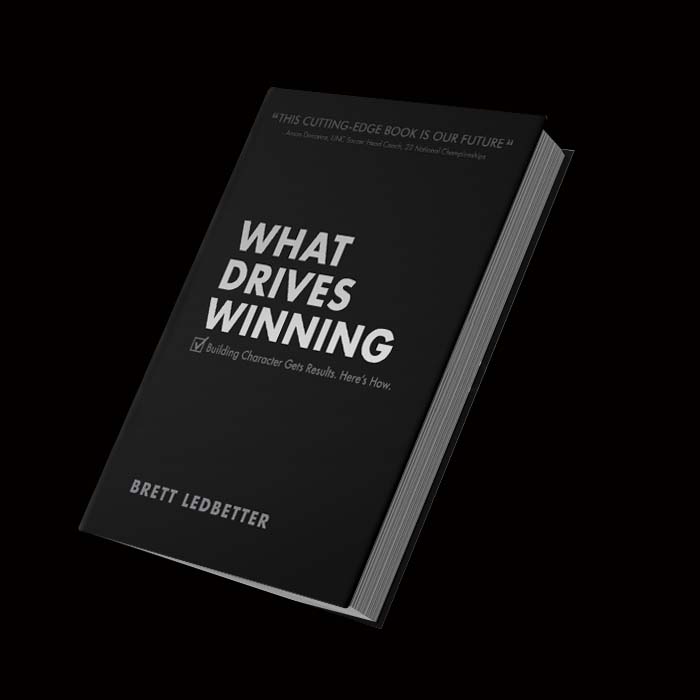

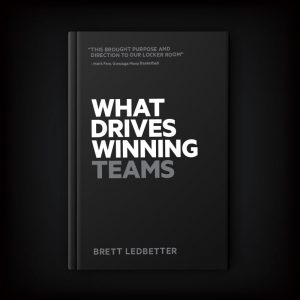
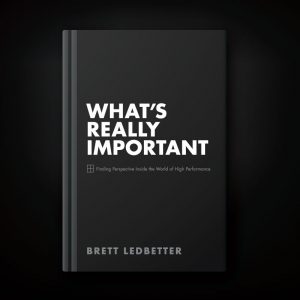
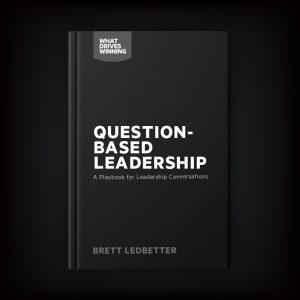
Will Flautt –
I use it as a reference book for team activities and to guide team discussions when I’m unsure how to navigate players to the point I’m trying to make. One specific way I utilized the information: on page 148 a volleyball player mentioned how she thought of a bouncy ball as a good metaphor for handling setbacks. I really connected with that image, because I was trying to find a proactive solution in pre-season to a specific problem the varsity boys soccer team had last year: managing their emotions in a game (i.e. cursing, fighting, etc). [For context, I had coached the varsity girls the previous season and seen from the sidelines what the boys team was struggling with. The next year I took over the boys team as well, and coached both.] Anyway, I used the bouncy ball image with the boys at our first practice after tryouts. Everyone got a small bouncy ball, and together we jogged out to a big slab of concrete by the interstate. I told everyone to grab a small rock when we got there. So, there’s this group of about 40 boys (JV came with us) standing at a wall with bouncy balls and rocks in their hands. I ask who would like to volunteer, and a player steps up. I tell him to throw the rock as hard as he can against the slab of concrete. I tell his teammates to watch what happens when it hits the wall. It explodes into pieces. I tell him to throw the bouncy ball. It flies back into the crowd and they have to dodge around the ball. I tell them that the rock is what happens if you try to ignore your emotions in a game: you run into something hard and get destroyed. I tell them that as young men it might seem wrong to be emotional. But it’s not. It’s powerful. And that’s what the bouncy ball represented: welcoming the emotions from a challenge, and responding in 0001 seconds to any setback. We had zero player misconduct issues on the field the whole year. It all started with a line from the book I connected with and could apply in my own way to our program. Another specific way I utilized the information: the chapter on appreciation; specifically the personification of a sport and writing letters or poems like Kobe’s video and Sabrina’s post online. Inspired, I wrote my own little Dear Soccer poem after Kobe’s death. It was such a meaningful experience for me, that I decided to do a little project with the team. We watched Kobe’s Dear Basketball video together, and then I invited them to write something on their own. It was optional, but 18 different players and coaches wrote something. Right now (during quarantine) I am in the process of turning those poems into a team poem and video project. Basically, every player picks their favorite line, then will record a video saying that line and send it to me. We will see what happens. I think it will turn out nicely.
(0) (0) Watch Unwatch
Eric Sutz –
It opened the door to examine what kind of person and coach I wanted to be. It allowed me to step back and examine where I was and where I want to be when it is all over. What I want on that tombstone of my coaching and teaching career. I have used many of the activities with my students and with coaches.
(0) (0) Watch Unwatch